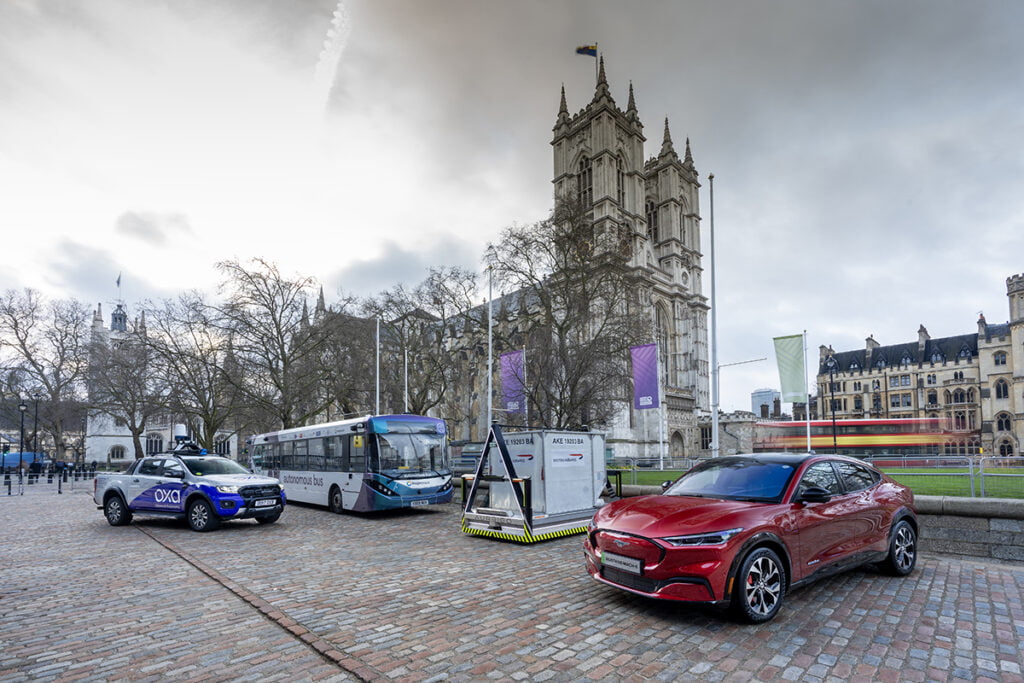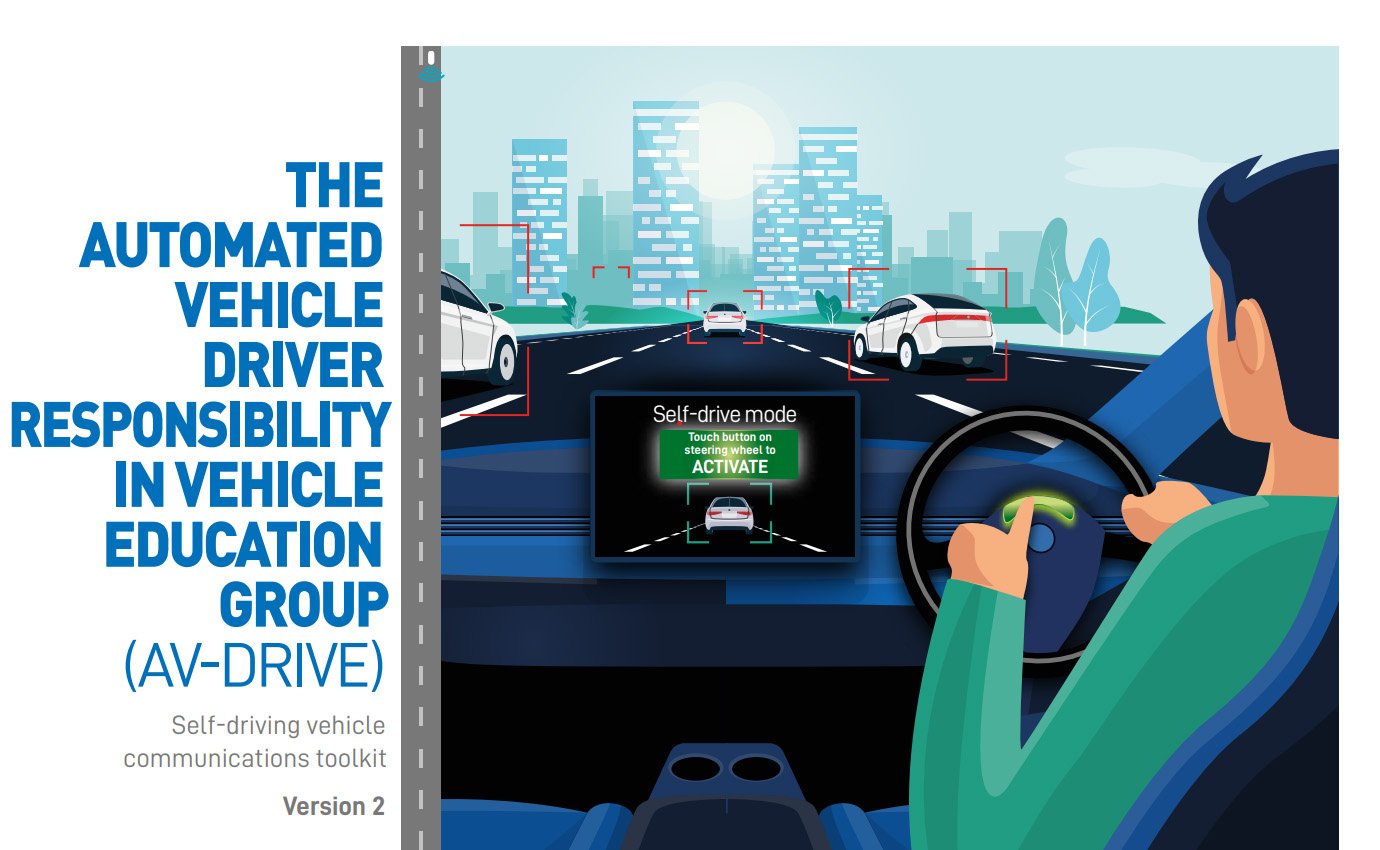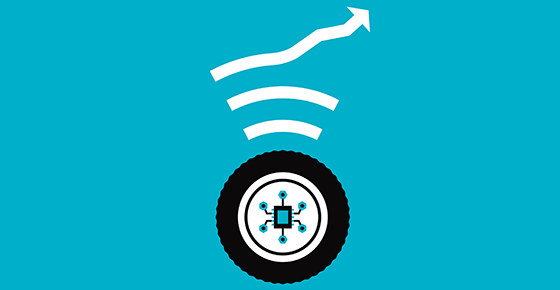Connected and automated mobility (CAMs)
Thanks to government-industry partnership that stretches back to early 2015 when the first CAM collaborative R&D and demonstration projects began, the UK has come a long way and is today one of the leading locations in the world for testing and trialling CAM technology. Britain is one of a very small number of countries with the required legislation in place needed to deploy such vehicles.
rapidly developing technology
By 2040, CAVs could deliver up to £66 billion in economic benefits, as well as creating around 342,000 additional jobs – more than 12,000 of which would be in automotive manufacturing.
Most importantly of all, the technology could save 3,900 lives and prevent 60,000 serious accidents over the same time period.
Given the profound impact this rapidly developing technology will have on safety and the economy, SMMT has been at the forefront of ensuring that manufacturers can market responsibly and accurately, so that drivers truly understand what their vehicle is capable of and where their responsibilities lie.

AV DRiVE
With the UK at the forefront of CAV development and one of the few jurisdictions in the world where CAVs can be used on the road, SMMT has proactively developed Guiding Principles for automated vehicle marketing, approved by Centre for Connected and Automated Vehicles and the Committee of Advertising Practice, to guide members as they bring this technology to forecourts:
- An automated driving feature must be described sufficiently clearly so as not to mislead, including setting out the circumstances in which that feature can function.
- An automated driving feature must be described sufficiently clearly so that it is distinguished from an assisted driving feature.
- Where both automated driving and assisted driving features are described, they must be clearly distinguished from each other.
- An assisted driving feature should not be described in a way that could convey the impression that it is an automated driving feature.
- The name of an automated or assisted driving feature must not mislead by conveying that it is the other – ancillary words may be necessary to avoid confusion – for example for an assisted driving feature, by making it clear that the driver must be in control at all times.
SMMT has also been a driving force in developing a cross-sector toolkit for communications relating to automated vehicles, backed by insurers, government departments and charities

connected & automated mobility
For more than a century, the UK has been at the forefront of technological innovation that shaped the movement of people and goods. Today, the UK automotive sector is investing in connected and automated mobility (CAM) technology that will shape mobility for the next century and improve the way we travel and goods are delivered.
